Lake Epecuén is located 570 kilometers (354 miles) southwest of Buenos Aires, Argentina. At the turn of the 20th century, valuable minerals were found there which went on to be used in the manufacture of glass and even for medical purposes.
Water samples were officially tested and evaluated in 1909, and Argentinean healthcare professionals approved the minerals contained in the water. This led to the formation of the most exclusive tourist village in the country in 1921.
Immediately after the village, named Villa Epecuén, was constructed, the salt lake became a popular tourist destination in Buenos Aires.
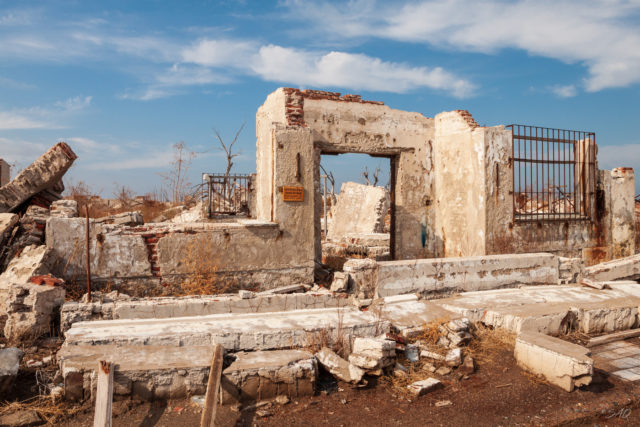
Tourists came here to soak up the therapeutic effects since waters rich in minerals were good for the health and were said to have regenerative properties. Allegedly, they could cure a number of diseases. Many talked about the similarity between Lake Epecuén and the Dead Sea.
At the peak of its popularity, Villa Epecuén received around 20,000 tourists every summer. At any one time, the village which normally housed 1,500 residents could accommodate an extra 5,000 visitors.
Villa Epecuén was accessible by the Ferrocarril Sarmiento railway line from Buenos Aires. A station was opened in the village in 1972. After that, museums, a bus station, hotels, and even a hippodrome began to appear.
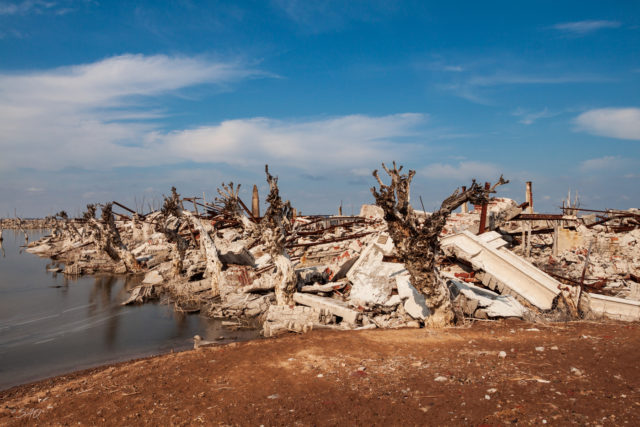
The builders and officials of the province focused their attention on the creation and expansion of residential and recreational facilities. Unfortunately, no one paid attention to the protective dam, which stood next to Villa Epecuén and separated it from the lake.
No resources were allocated to strengthen the dam. As such, catastrophe occurred in 1985 when rare weather conditions caused a seiche (a large wave in a contained body of water) to form. The dam was broken and water flooded into Villa Epecuén.
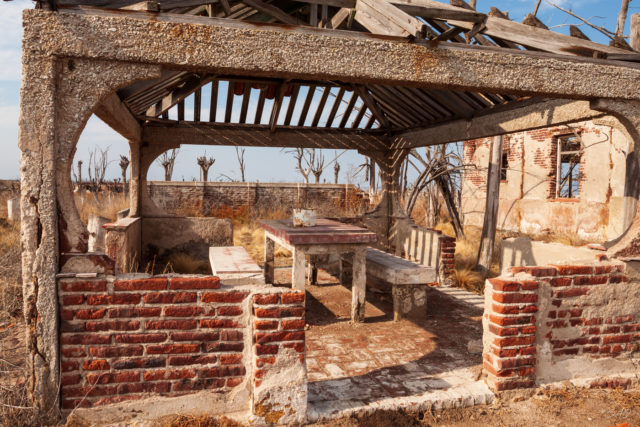
The water levels rose a centimeter (a third of an inch) every hour. After two weeks, residents were evacuated, by which point the water was three meters (ten feet) deep.
By then, the roads were completely flooded, so the train that brought tourists from Buenos Aires was the only way for the 1,500 residents to get out of the village. All houses and 280 businesses were abandoned.
For more than twenty years, the town in Argentina was lost under the waters of Lake Epecuén. In 1993, the water reached a maximum of ten meters (33 feet) deep. Given the total damage, the territory was recognized as a disaster zone that could not be restored.
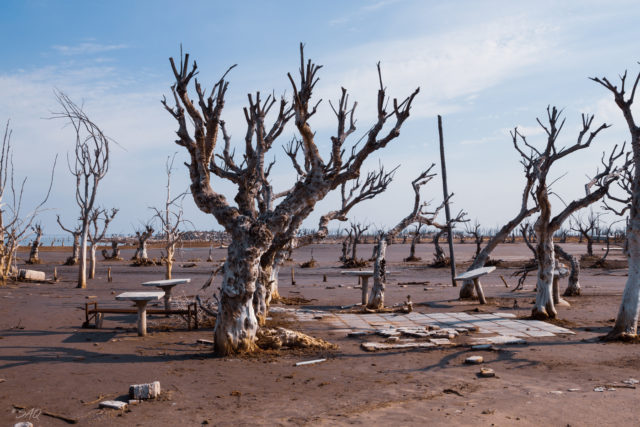
Only in 2009 did Villa Epecuén finally begin to re-emerge. The receding waters revealed a village in ruins with bare trees dotting the landscape. The buildings were all crusted in a layer of grey salt.
With its dilapidated businesses, ruined houses, skeletal trees, and rusty cars, the village has become a tourist attraction. Its reappearance drew the attention of journalists, anthropologists, photographers, tourists, and extreme sports enthusiasts.
There is still a single resident in the village. His name is Pablo Novak, and he was born in 1930. He lived in the village before it was flooded, and he returned to his home in 2009 when the waters had gone.
His family has a deep connection with the place because he and his father produced the bricks used to build most of the houses in Epecuén. In 2013, the short documentary Pablo’s Villa was released. It was shown at the Sydney Film Festival and details the life of both the village and Novak.
Check out Saqramone’s amazing Flickr account
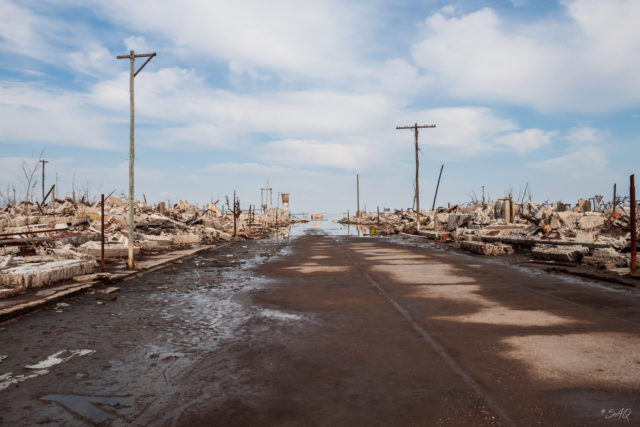
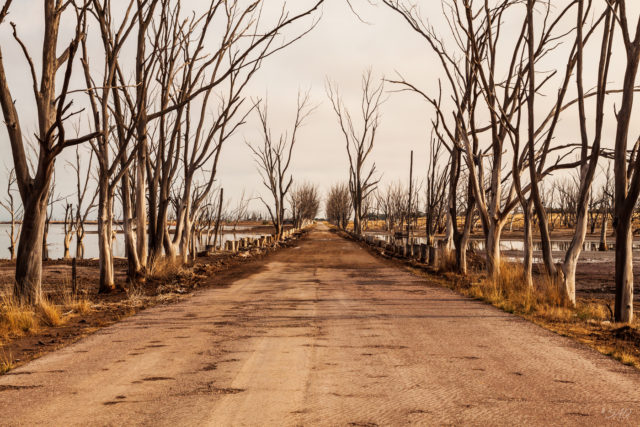
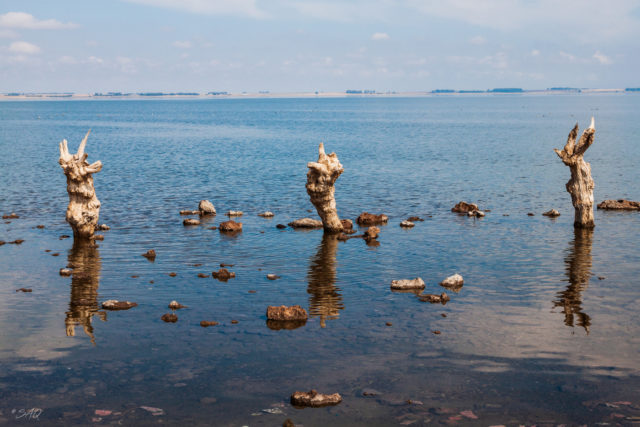
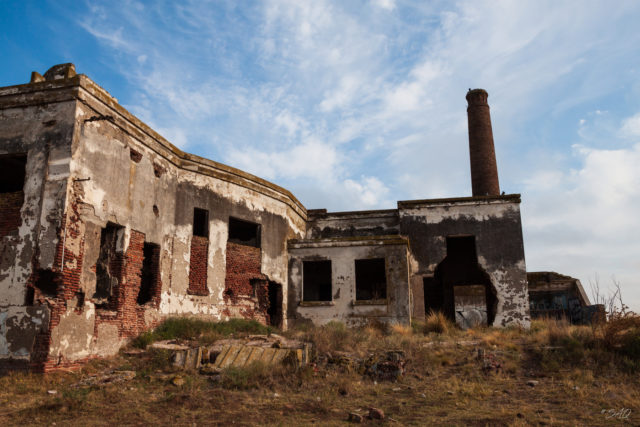
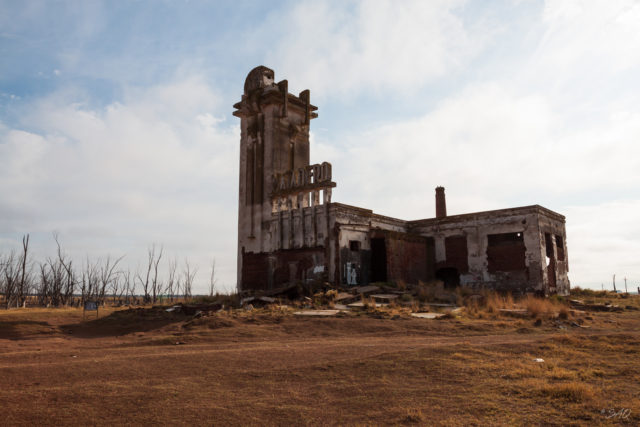
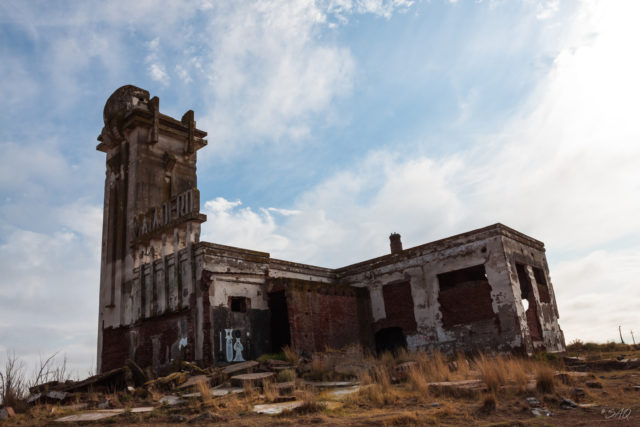
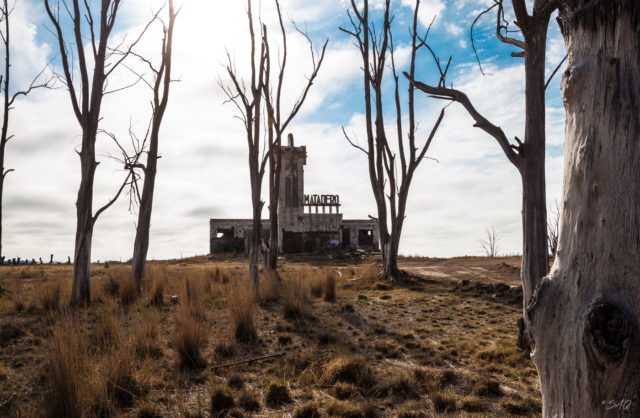
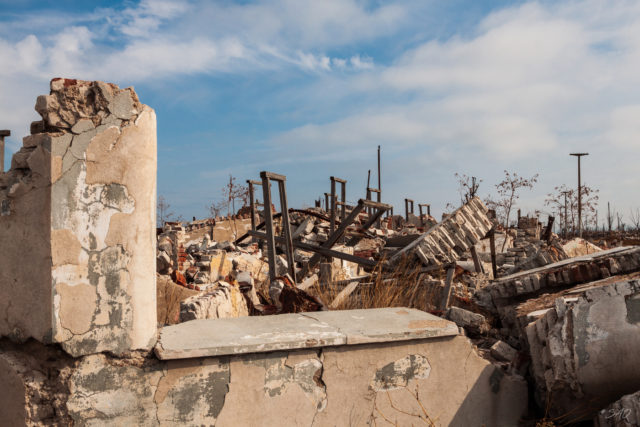
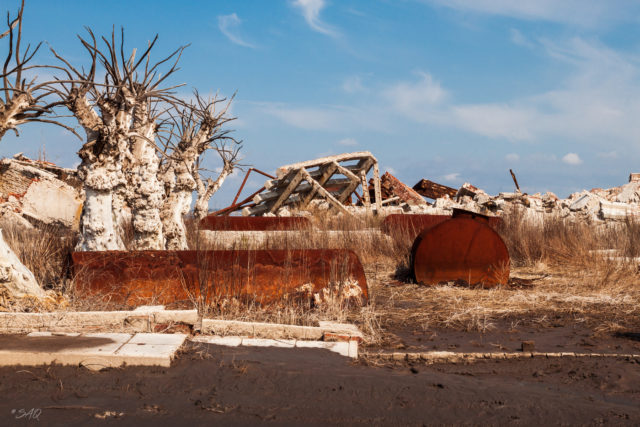
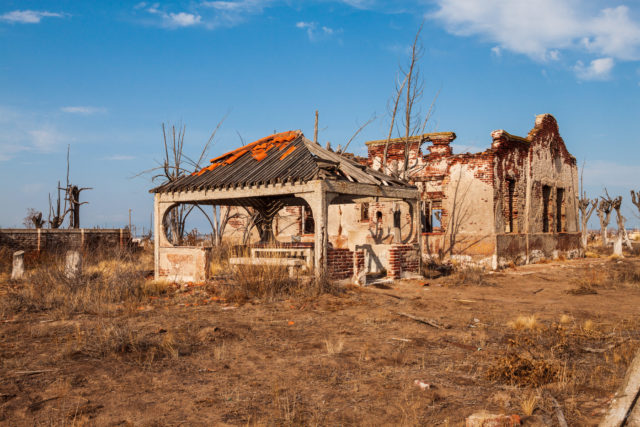
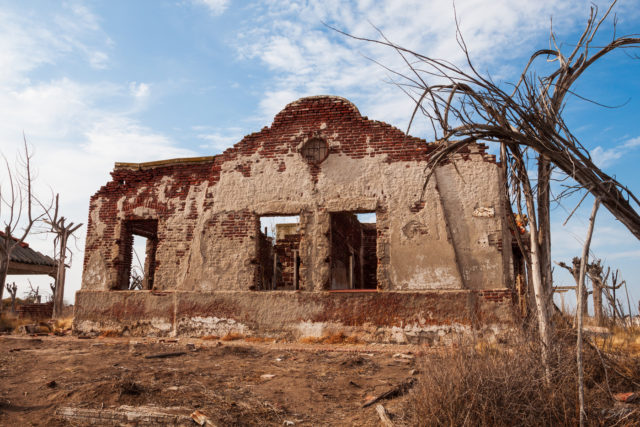
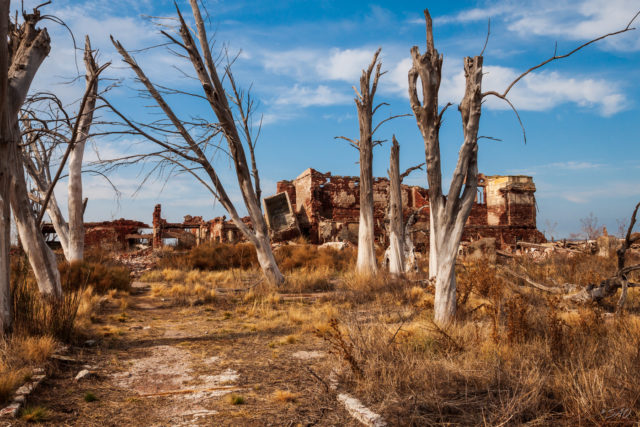
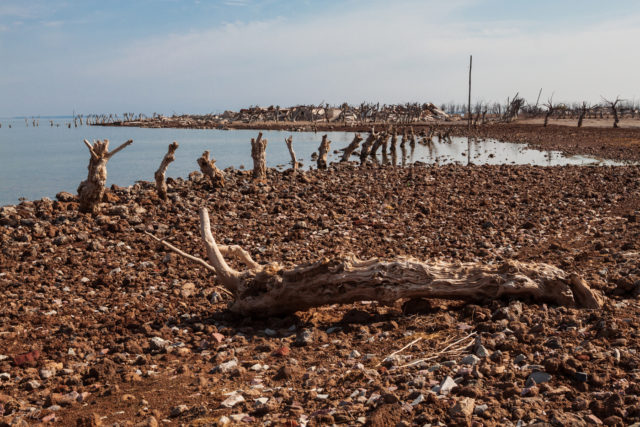
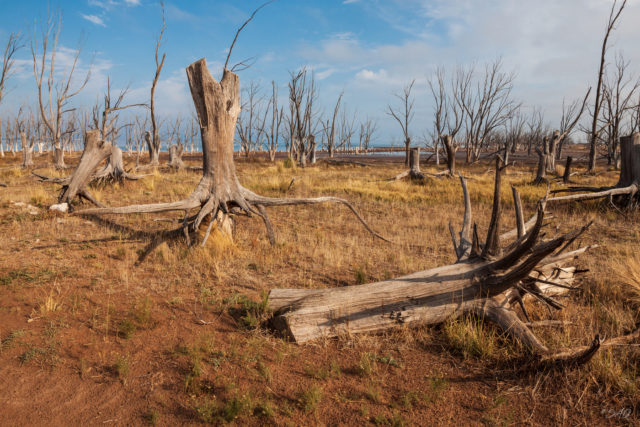
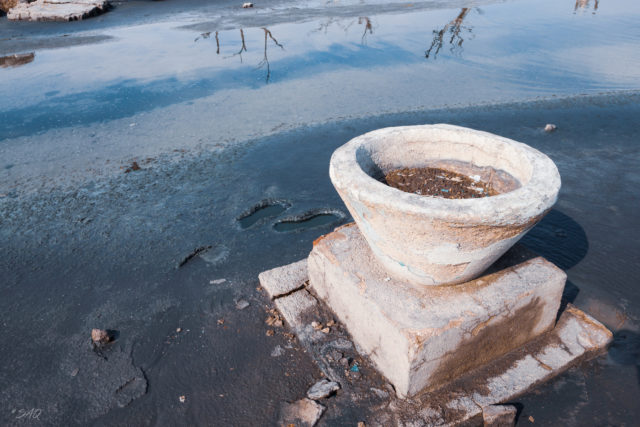
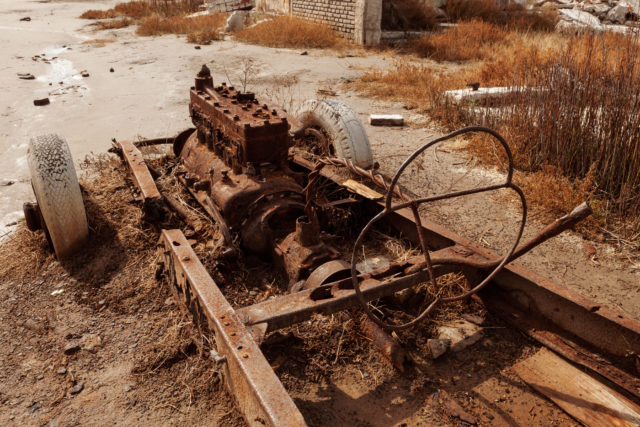
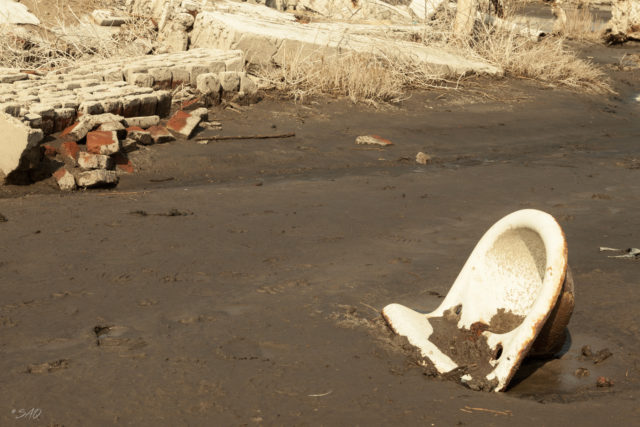
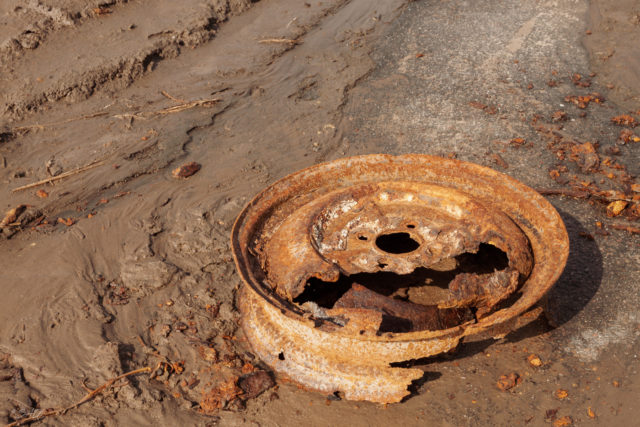
Another Article From Us: Penn Hills Resort of Love Destination for Newlyweds
The Argentina town was flooded without warning after a long period of heavy rains finally sent the lagoon bursting over its banks, submerging the small community on 10 November, 1985.
